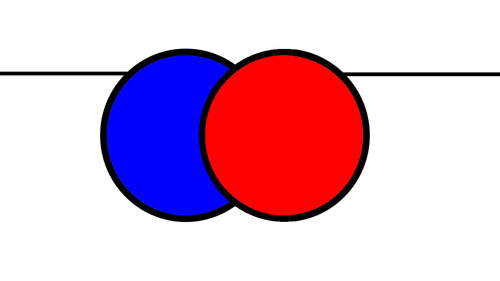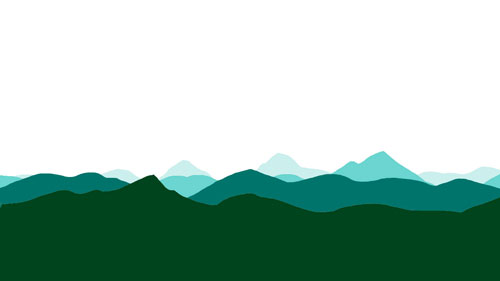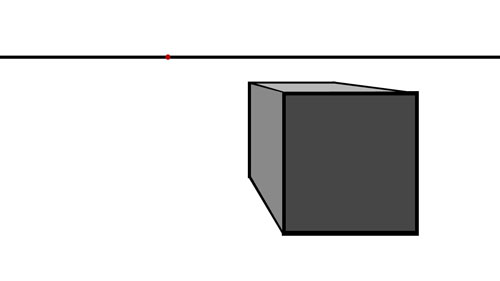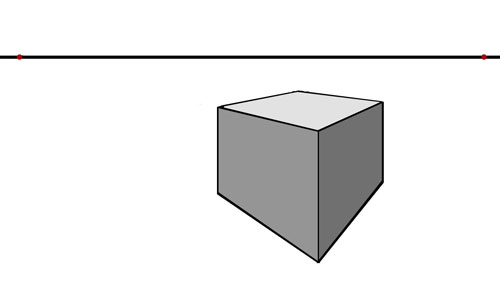In terms of art, space is the area around, above, and within an object. With consideration to drawings and paintings, our goal is to create the illusion of space.
Many new artists overlook the importance of creating space in a drawing or painting. The result usually looks flat or objects can appear to be floating. Luckily, however, creating space in an artwork is very simple to accomplish and there are a number of ways to it.
There are six ways an artist can create the illusion of space on a 2-Dimensional surface.
Overlapping - occurs when objects that are closer to the viewer prevent the view of objects that are behind them.

Placement on the paper - Objects placed higher within the picture plane will appear further away.

Size - Objects that are smaller will appear further away from the viewer.

Detail - Objects that are further away should have less detail than objects that are closer to the viewer.

Color and Value - Objects that are further away are cooler in color temperature, while objects that are closer are warmer. Objects that are further away are lighter in value, while objects that are closer are typically darker in value.

Perspective - Linear perspective is a drawing method that uses lines to create the illusion of space on a flat surface. There are three types of linear perspective. Two are displayed on this page.
One point perspective uses one vanishing point to accomplish this illusion.

Two point perspective uses two vanishing points to create the illusion of space.
Terms
Space - element of art, refers to the emptiness or area between, around, above, below, or within objects
PositiveSpace - the shapes or forms of interest
Negative Space - the empty space between the shapes or forms
3-D Space can be defined as the space over, under, through, behind, and around a form. Architecture, sculpture, weaving, ceramics, and jewelry are three-dimensional art forms
2-D space can best be described as an illusion. We perceive depth by creating an illusion of 3-D space on a 2-D surface.
Point of view - refers to the angle at which you view an object.
Illusion of form - is manifested by creating an image with a range of value. By accurately placing highlights and shadows an artist can create the illusion of form.
Chiaroscuro - An Italian word that means the arrangement of light and shadow. Today chiaroscuro is also called modeling or shading.
Illusion of depth - is manifested through the use of several factors:
Perspective - a graphic system that creates the illusion of depth and volume on a two-dimensional surface.
Overlapping - when one object covers part of a second object, the first seems to be closer to the viewer.
Size - Larger objects appear to be closer to the viewer than smaller objects
Placement - Objects placed low on the picture plane seem to be closer to the viewer than objects placed near eye level
Detail - objects with clear, sharp edges and visible details seem to be close to the viewer. Objects that are less detailed seem further away
Color - Brightly colored objects seem closer to you, and objects with dull, light colors seem to be further away